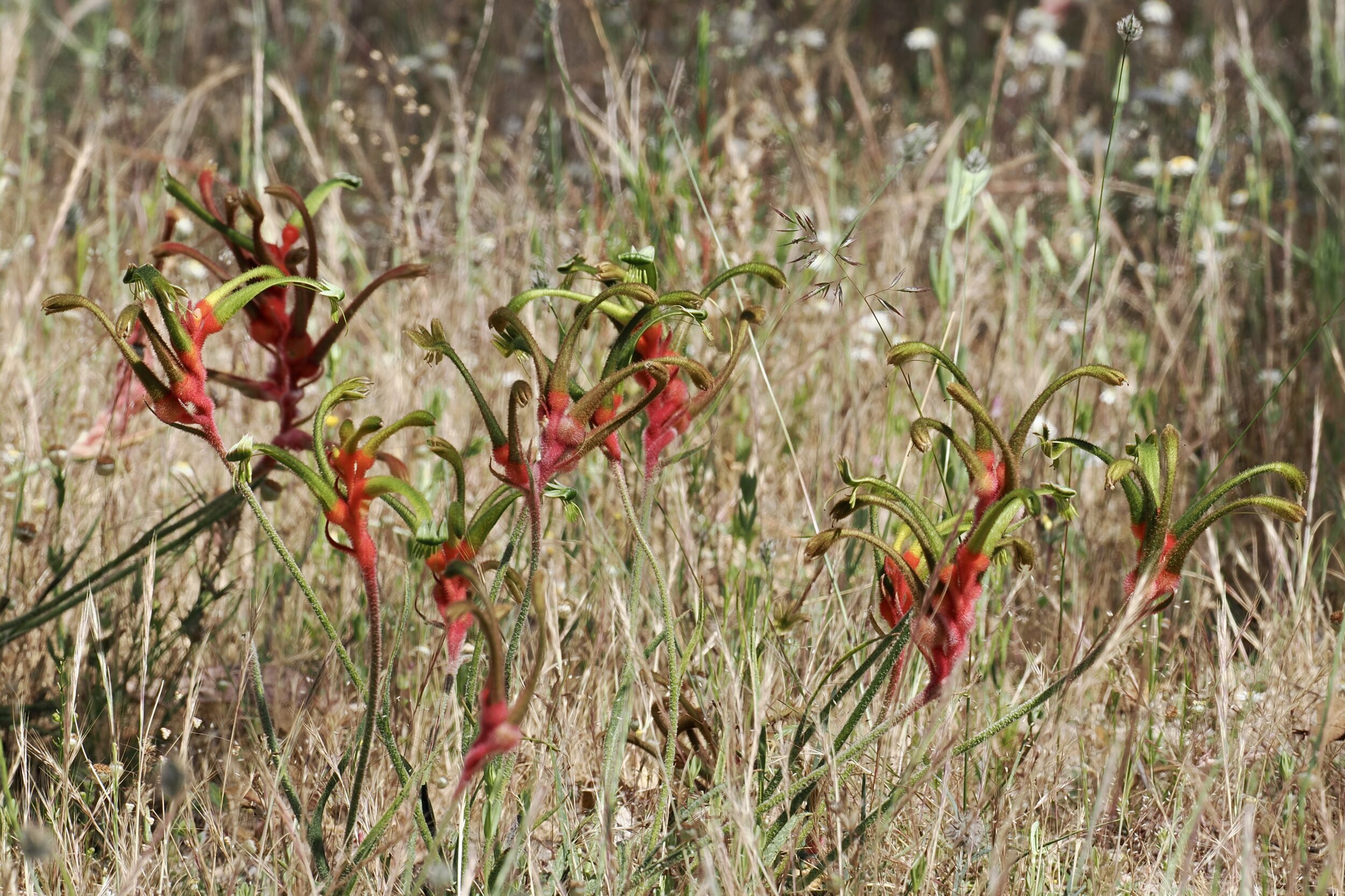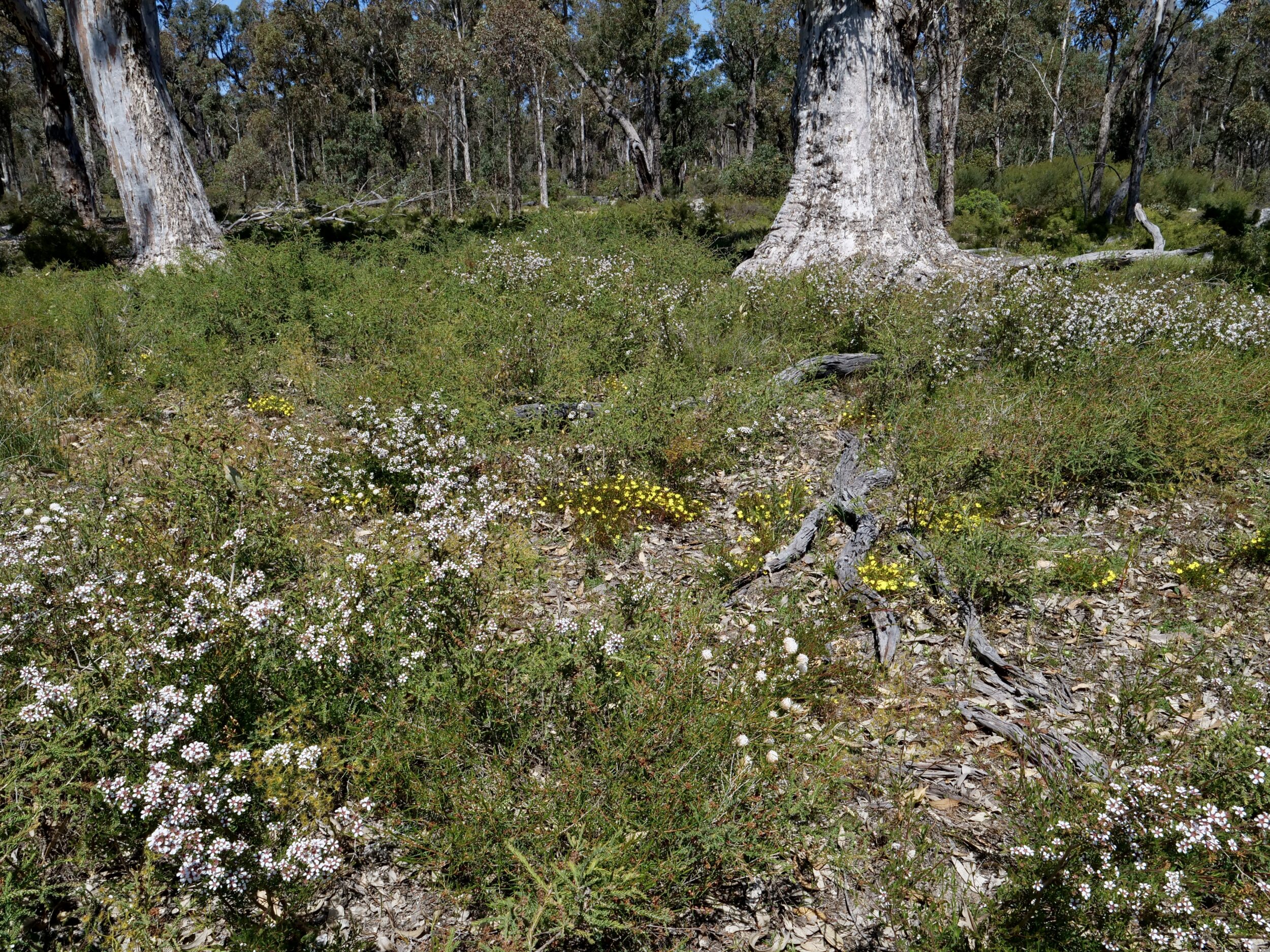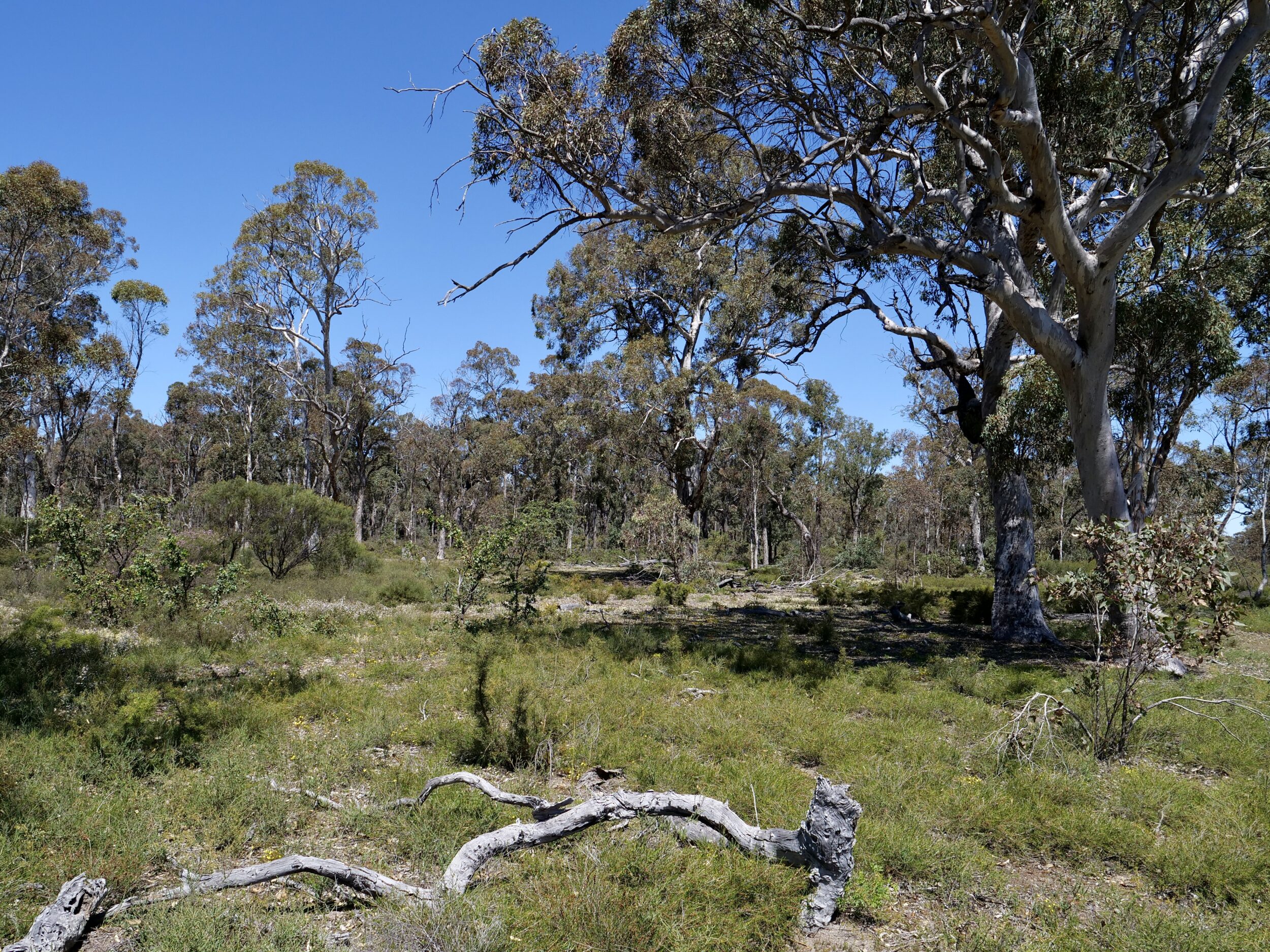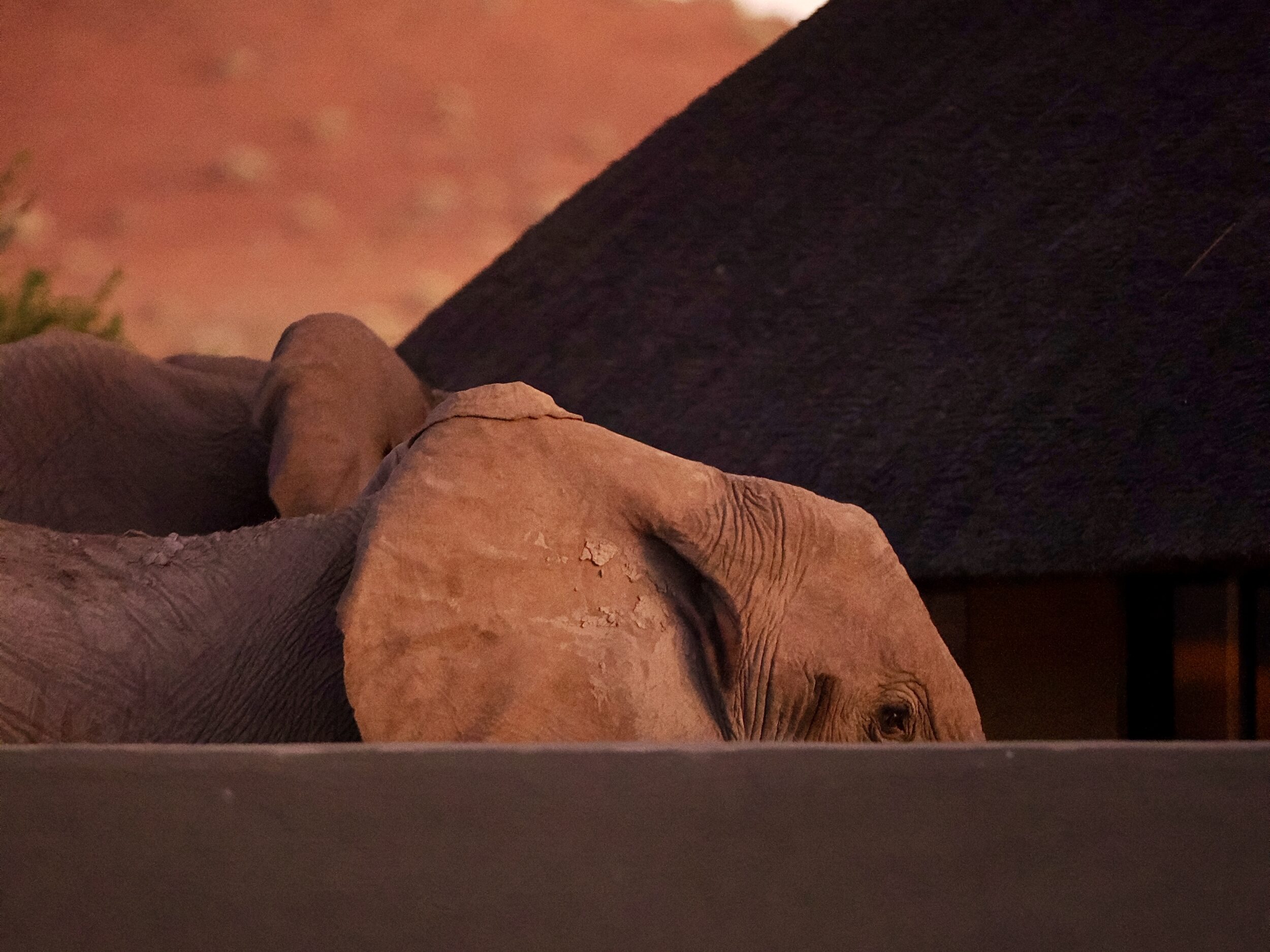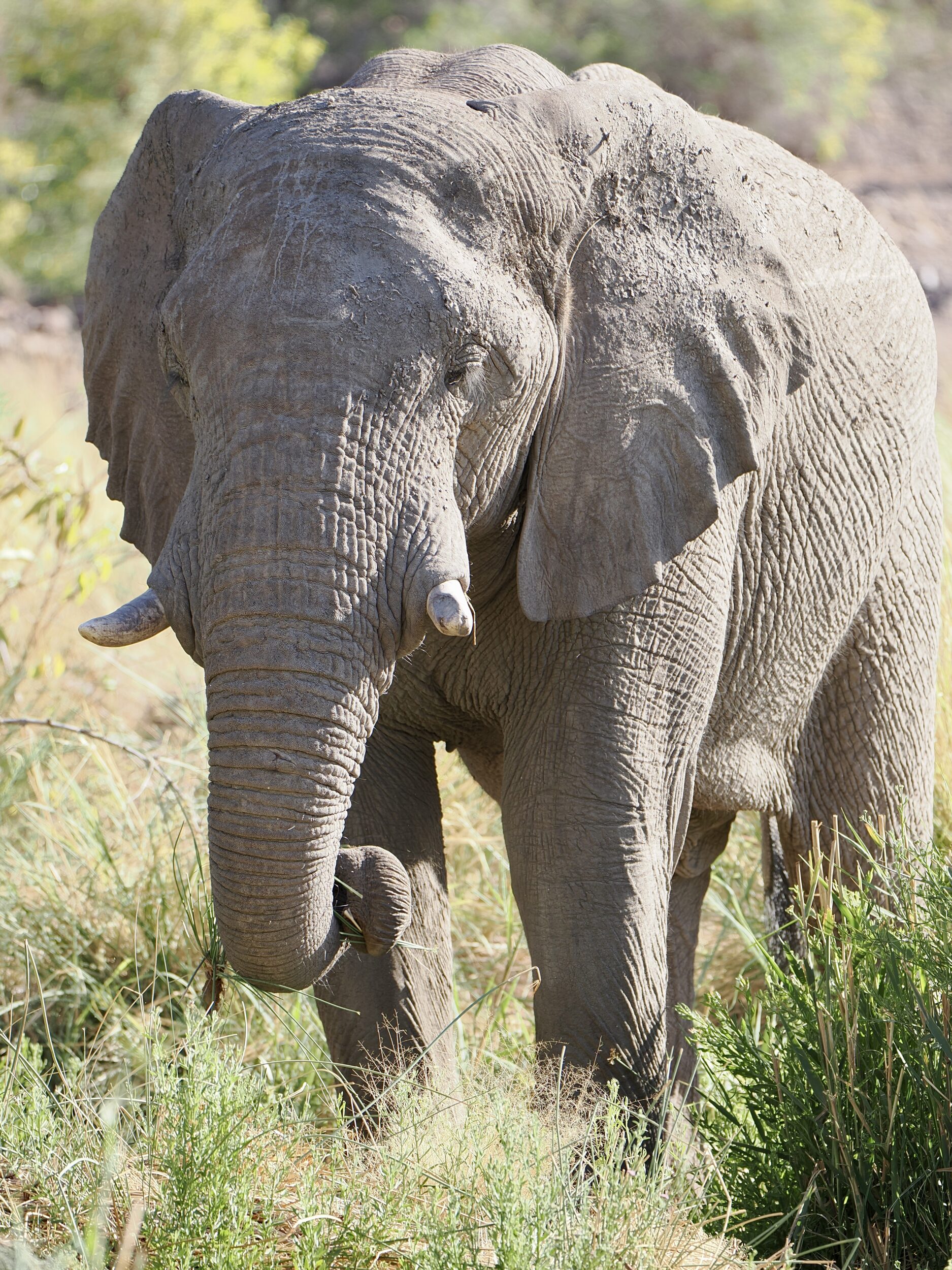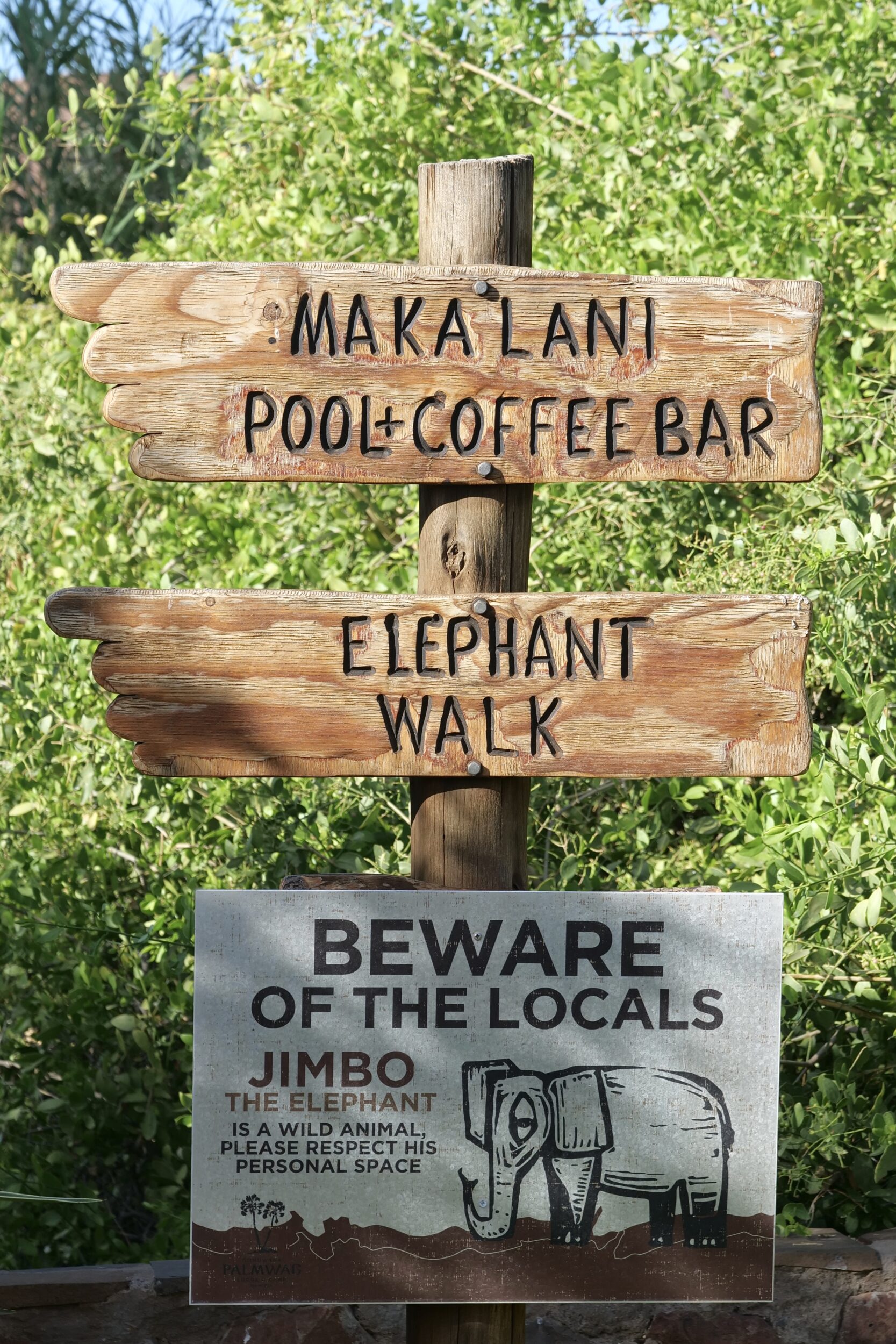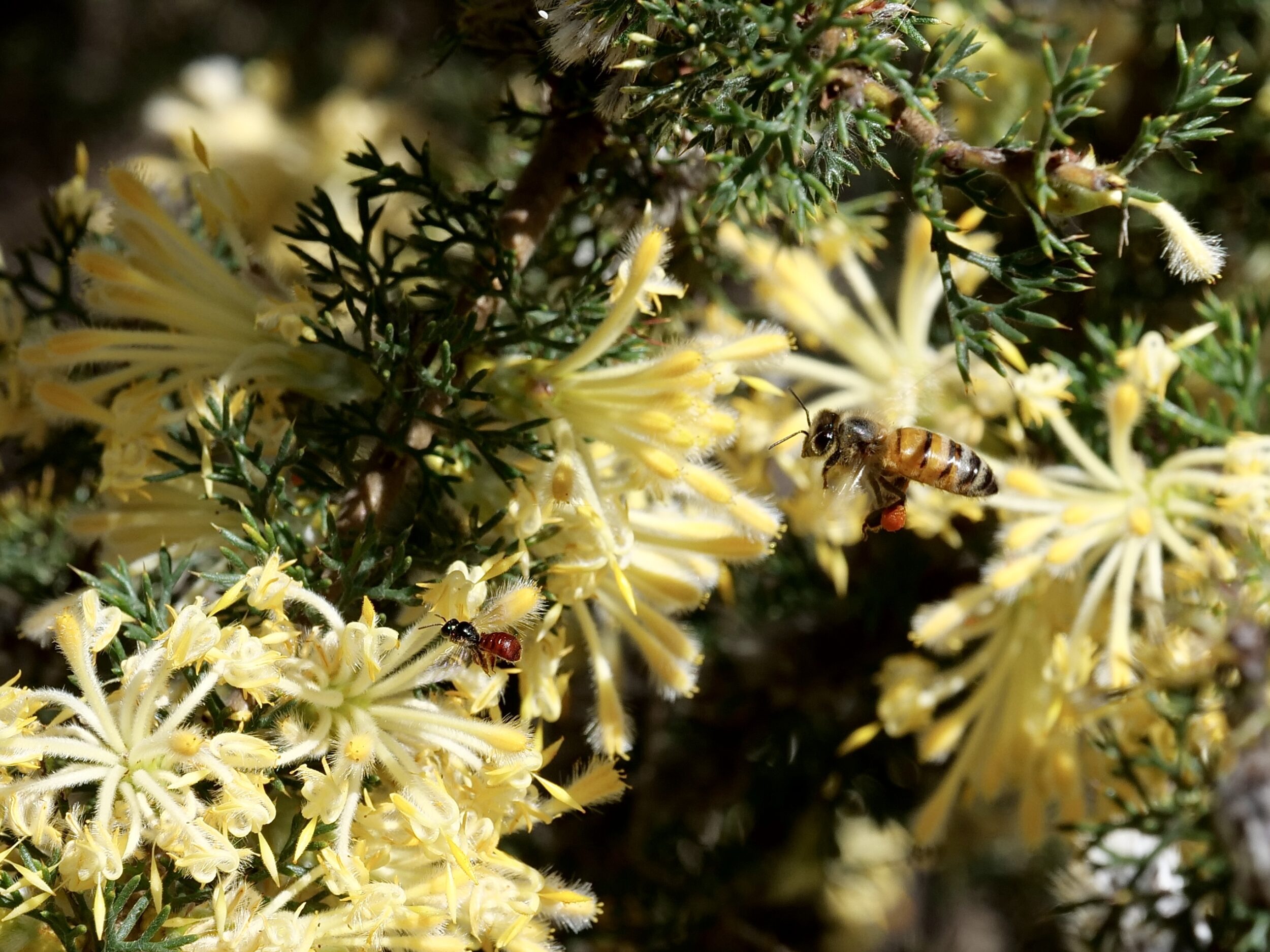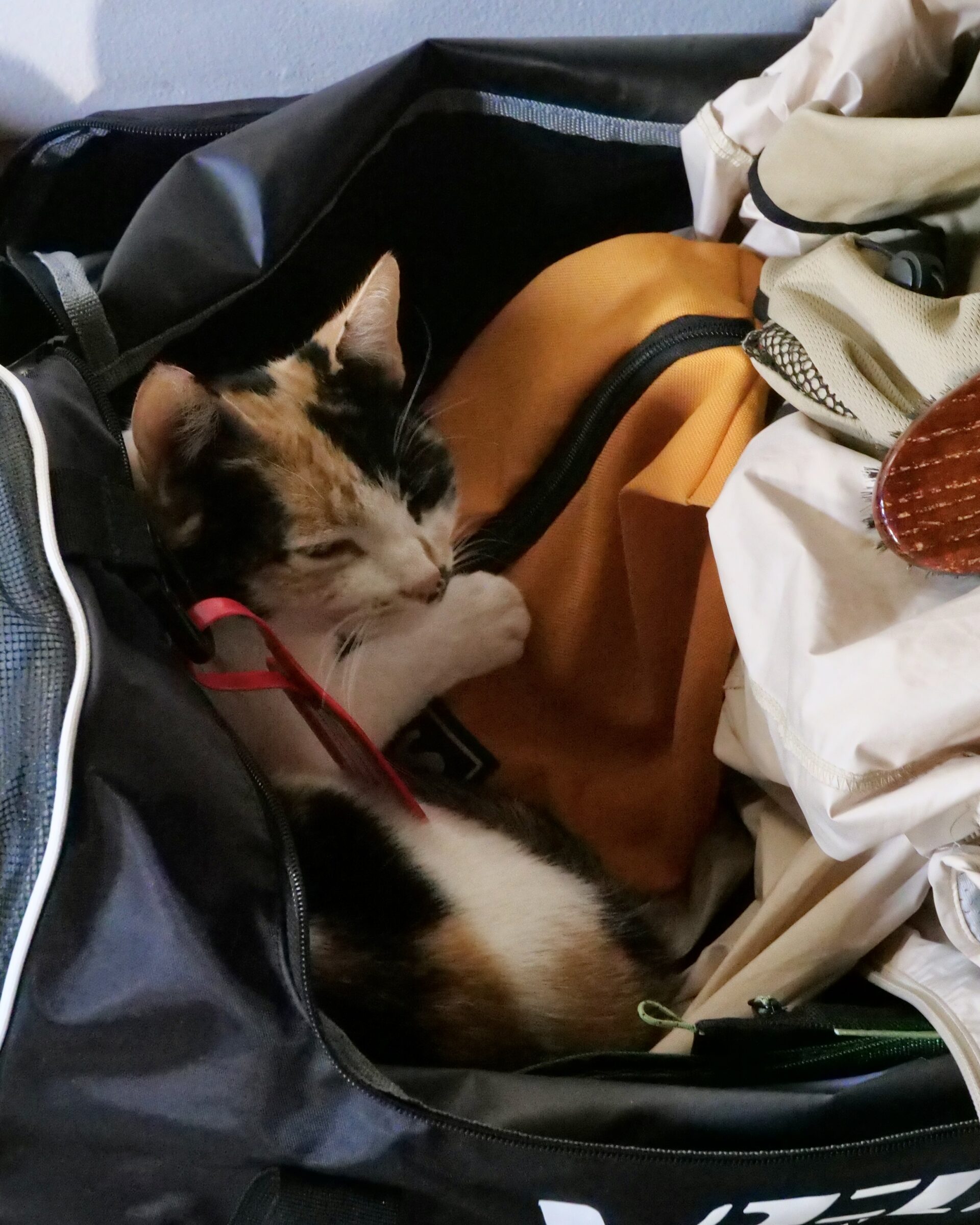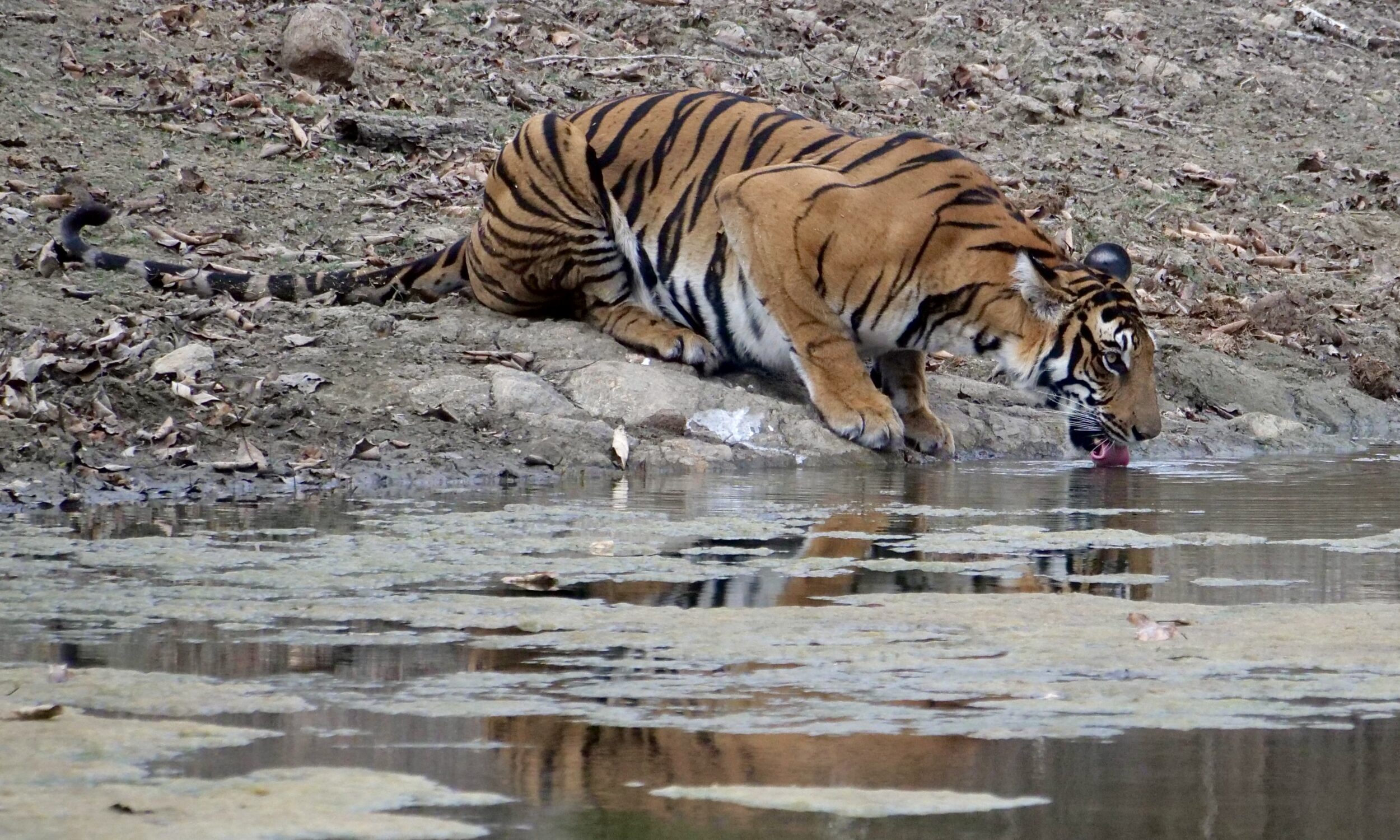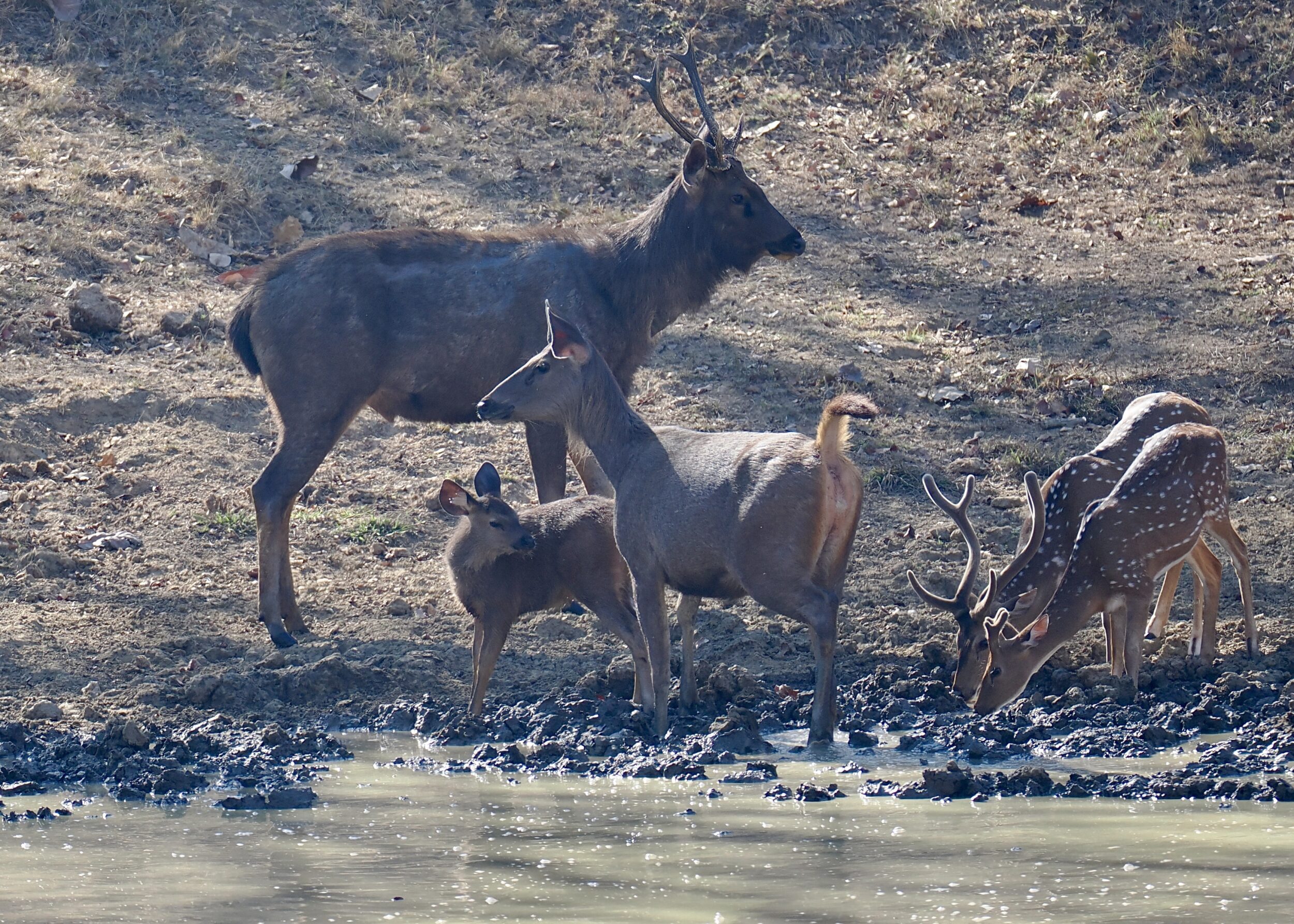In order to see “just how much is going on”, you really need to get yourself/your camera near to ground level.
This post’s heroes are (I think) examples of Anigozanthos bicolor, commonly known as “little kangaroo paw” – a petite member of a small genus of bird-pollinated plants which also includes Western Australia’s (rather larger) floral emblem.
As you can surely see, the “hero” species is but one of many different plants that were flourishing on October 30 2023 in some wandoo woodland on the drier, inland side of the Darling Range, circa 100 kilometres southeast of Perth.
One Comment